Colonial elegance
Champasak in southern Laos was until thirty years ago, the seat of Lao royalty. The local wat, Wat Nyutthitham contains the ashes of deceased members of the royal family, two of whom owned gorgeous colonial style buildings that have been renovated today and stand out amongst the otherwise traditional wooden Lao homes to be found in this quiet sleepy backwater, the gateway to the Angkorean ruins of Wat Phu. A few French colonial-era buildings remain, one of which is being converted into a boutique hotel whilst the eerie shell of a former royal residence that looks out onto the surrounding mountains, reminded me of the hotel and casino at Bokor in southern Cambodia. The renovated colonial homes of Chao Ratsadanai, the last King of Champasak who died in 1956, and his son Chao Boun Om, who was Minister of Religion, are pictured below. The independent Kingdom of Champasak was abolished in 1946. The town, which hosts a 3-day festival every February, is located on the west bank of the Mekong River and the ruins of Wat Phu are just ten kilometres away.
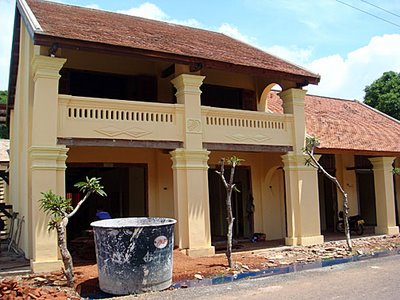
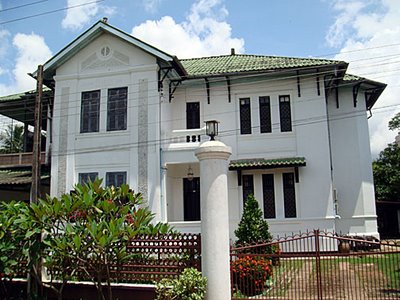
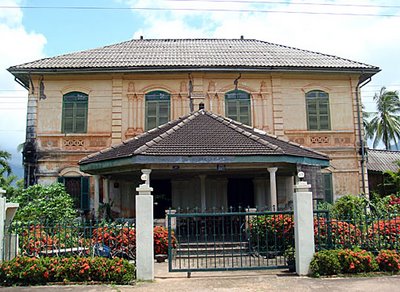
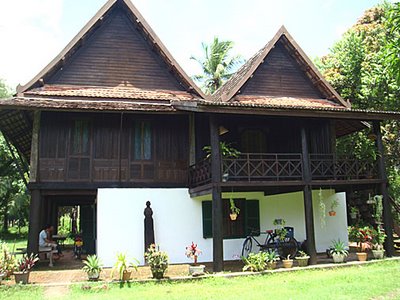
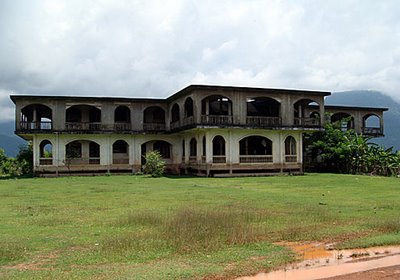


1 Comments:
Dear Andy,
The second Champasak royal residence (painted white) belonged to Chao Boun Om, the former Minister of Religion and younger brother of Chao Boun Oum na Champasak. The unfinished building near Wat Thong was meant to be a luxury residence for Chao Boun Oum, but like the palace in Pakxe it was never finished. Chao Boun Oum also built a palace of sorts for his mother in Don Talat, a town south of Champasak. This yellow coloured set of buildings was completed unlike the other two, but was trashed by the Pathet Lao and used as a barn after 1975. There are two important royal temples in Champasak. The first is Wat Thong which is in walking distance from Chao Raxadanai's old residence. It houses a statue of Raxadanai which was pulled down from its place of honour opposite the royal residences after the revolution. The other temple (name escapes me) is closer to Wat Phu and in its compound are the burial stupas of the first King of Champasak, Chao Soysisamut, and his Buddhist mentor, Phra Khru Khi Hom.
Post a Comment
<< Home